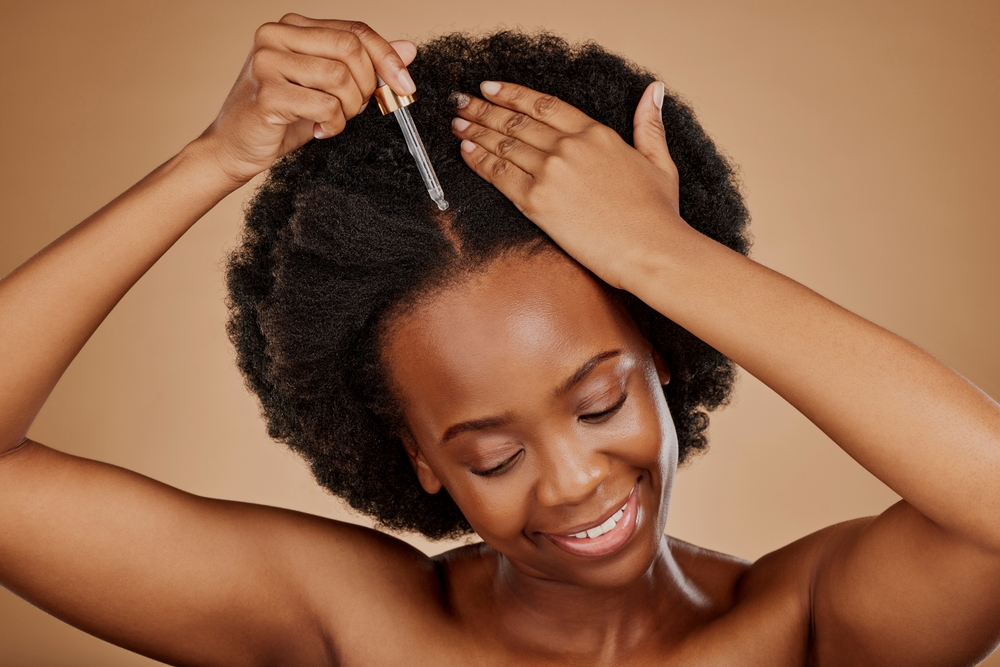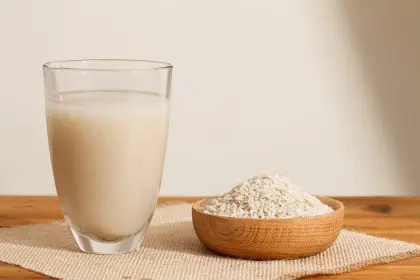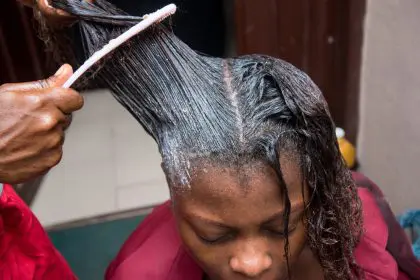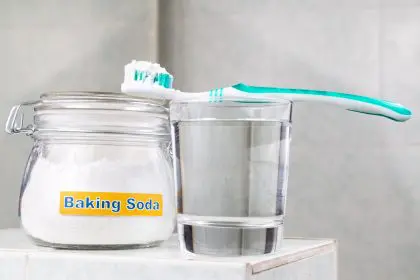Secrets to healthier hair growth
The pursuit of healthier, fuller hair often leads people to explore various products, treatments, and practices, but there’s a key natural element that’s frequently overlooked, scalp oils. Sebum, the natural oil produced by your scalp, plays a crucial role in nourishing hair follicles and maintaining overall scalp health. Understanding how sebum functions and how to manage its production can lead to healthier hair growth and improved scalp conditions. Let’s dive into the fascinating biology of scalp oils and how they affect hair growth.
Understanding scalp biology
Your scalp is home to sebaceous glands that are responsible for producing sebum, the natural oil that lubricates both your scalp and hair. Sebum plays an essential role in protecting the skin from dryness and irritation, and it forms a protective barrier for hair follicles. Without this natural oil, your scalp and hair can become dry, brittle, and prone to breakage. Sebum also maintains a healthy balance of moisture and nutrients necessary for proper hair growth.
Research into scalp biology has shown that the production of sebum is not random; it’s a highly regulated process influenced by various factors, including hormones and environmental conditions. While the body produces sebum naturally, it’s important to understand how to balance this oil production to support optimal hair health. Too little sebum can lead to a dry scalp and weak hair, while an overproduction can cause oily scalp conditions and clogged hair follicles, leading to scalp irritation or hair loss.
The chemistry of natural oils
Sebum is a mixture of lipids, including fatty acids, wax esters, triglycerides, and squalene. These components work together to keep the scalp moisturized and protected from external damage. Sebum helps to lock in moisture by forming a thin protective layer over the scalp and hair shafts, preventing dehydration and promoting overall hydration.
In addition to moisture regulation, sebum also protects the hair and scalp from harmful environmental factors such as pollution, UV rays, and harsh chemicals. The antioxidant properties of sebum help neutralize free radicals that could otherwise damage hair follicles and hinder hair growth. Sebum’s composition varies slightly from person to person, depending on factors like genetics, age, and hormonal levels, which is why some people may have naturally oilier or drier scalps than others.
Understanding the chemistry behind sebum gives insight into how hair care routines can be adapted to support this natural process. By knowing what sebum is made of and its role in hair health, individuals can better select products that complement and enhance their scalp’s natural oil production.
Factors affecting oil production
Several factors influence how much sebum your scalp produces, and recognizing these can help maintain a healthy balance. One of the most significant factors is hormones. Hormonal fluctuations, such as those occurring during puberty, pregnancy, menstruation, or menopause, can cause the sebaceous glands to become more or less active. For example, during puberty, an increase in androgens can lead to an overproduction of oil, often resulting in an oily scalp and acne.
Environmental factors also play a role in oil production. Weather conditions, such as heat, humidity, and cold, can cause your scalp to produce more or less oil. In hot, humid weather, the scalp tends to produce more sebum to compensate for the moisture loss caused by sweat, whereas cold, dry climates may cause the scalp to produce less oil, leading to dryness and flakiness. Diet is another factor influencing oil production. Diets rich in processed foods and sugars may cause imbalances in sebum production, while a balanced diet rich in healthy fats, vitamins, and minerals supports the scalp’s natural oil production.
Managing excess production
When sebaceous glands overproduce oil, it can lead to an oily scalp, which may contribute to scalp irritation, dandruff, and clogged hair follicles. Managing excess oil is crucial for maintaining a balanced scalp environment. Proper cleansing techniques are essential to remove the build-up of sebum without stripping the scalp of its natural oils.
To manage excess oil, choose shampoos designed for oily scalp types, typically containing ingredients like tea tree oil, salicylic acid, or charcoal. These ingredients help remove oil and impurities while maintaining scalp health. Additionally, avoid over-washing, as this can strip the scalp of natural oils, causing it to overcompensate by producing even more oil. Instead, wash your hair every two to three days, and use dry shampoo between washes to absorb excess oil.
Another effective strategy is massaging the scalp regularly. Scalp massages stimulate blood circulation to hair follicles, promoting healthy hair growth and helping to balance sebum production. By gently massaging the scalp with your fingertips, you can encourage the sebaceous glands to distribute oil evenly across the scalp, preventing localized oil build-up.
Boosting natural moisture
For those experiencing decreased oil production, there are several methods to stimulate natural moisture. As the scalp ages, it may produce less sebum, leading to dryness and potential hair thinning. To help encourage natural oil production, it’s important to focus on nourishing the scalp and hair follicles.
One way to boost moisture is through regular oil treatments. Natural oils such as jojoba oil, argan oil, and coconut oil can be applied to the scalp to provide hydration and help stimulate oil production. These oils are rich in fatty acids and vitamins that nourish the scalp while promoting hair health. Leave-in scalp treatments that focus on moisturizing and nourishing the scalp can also help restore balance and encourage sebum production.
Maintaining a well-balanced diet that includes healthy fats, such as omega-3 fatty acids from fish, nuts, and seeds, also supports the scalp’s ability to produce oils naturally. Drinking plenty of water and staying hydrated is equally important for maintaining a healthy scalp, as dehydration can contribute to dry, flaky skin and an imbalance in sebum production.
Professional intervention guidelines
While most people can manage their scalp oil production with proper care, some individuals may experience persistent issues that require professional intervention. If you notice significant changes in your scalp condition, such as excessive dryness, oiliness, or hair loss, it may be time to consult a dermatologist or trichologist.
These specialists can help identify underlying health issues, such as hormonal imbalances, scalp infections, or skin conditions like seborrheic dermatitis, which can affect oil production. By seeking professional advice, you can receive a personalized treatment plan tailored to your specific needs, ensuring a healthier scalp and more effective hair growth.
Creating sustainable routines
A sustainable hair care routine that supports natural scalp oils is essential for long-term hair health. Understanding your scalp’s unique oil production patterns and how they vary with age, hormones, and environmental factors will allow you to adapt your routine accordingly.
Start by incorporating gentle, nourishing hair care products that complement your scalp’s natural oil production. Focus on maintaining a balanced approach to washing, oiling, and conditioning, and always prioritize scalp health. A consistent, personalized hair care routine that embraces your natural oils will lead to healthier hair growth and a thriving scalp.
In conclusion, the natural oils produced by the scalp are fundamental to healthy hair growth. Understanding how sebum works, what affects its production, and how to balance it through proper care is essential for achieving optimal scalp health and hair growth. By embracing natural oils and creating personalized care routines, individuals can unlock the secrets to healthier hair and scalp conditions.
















